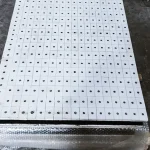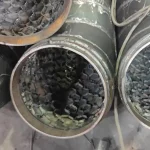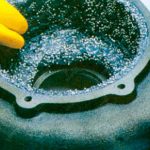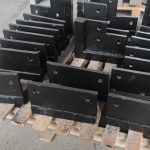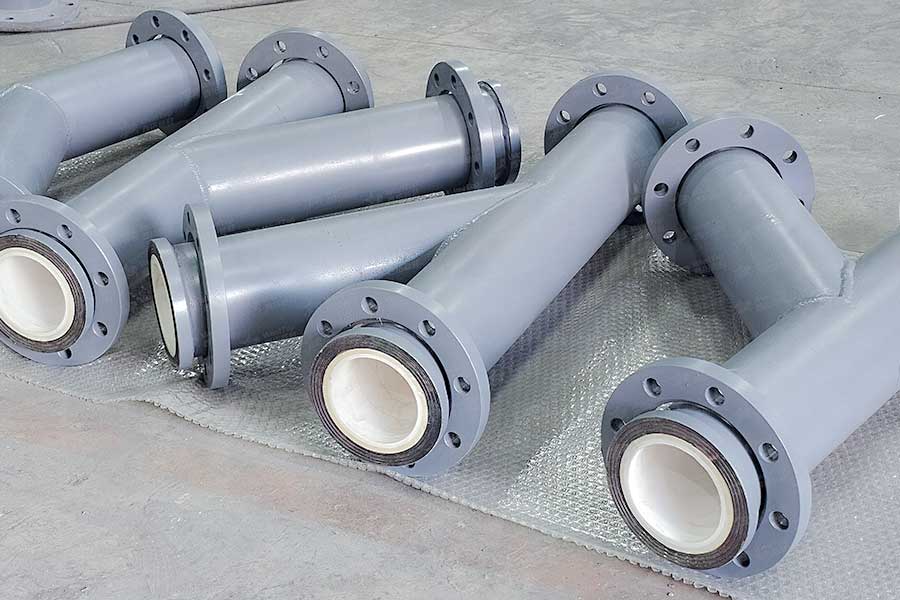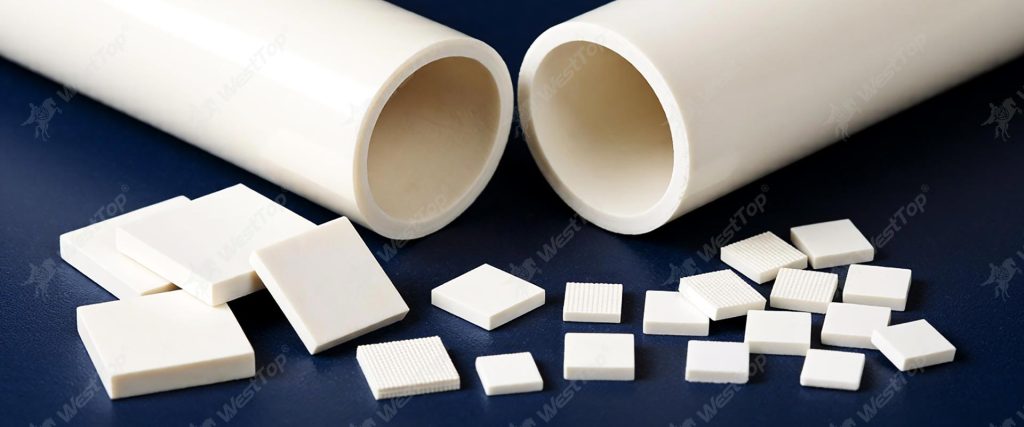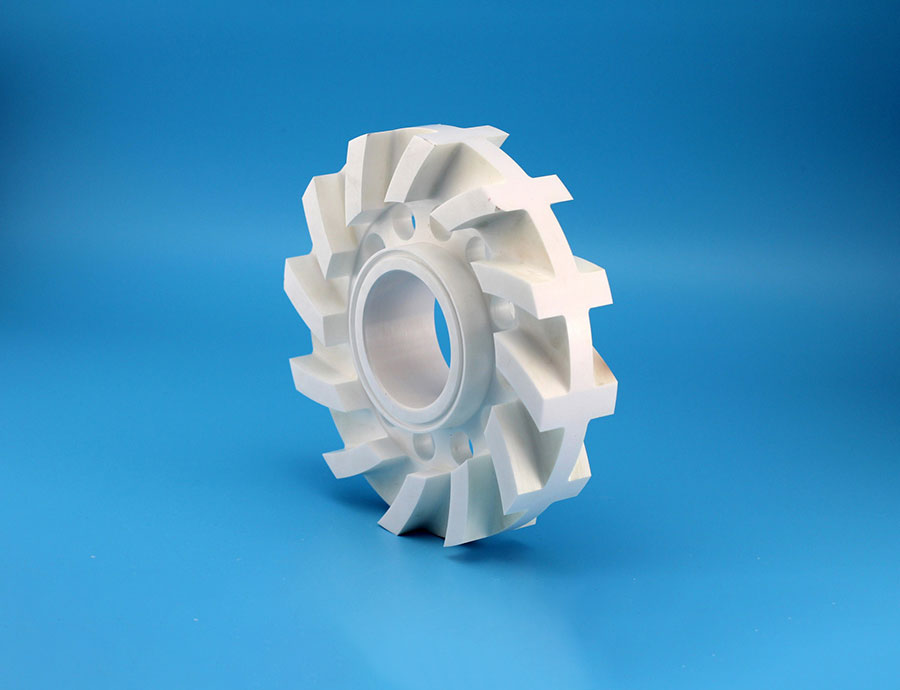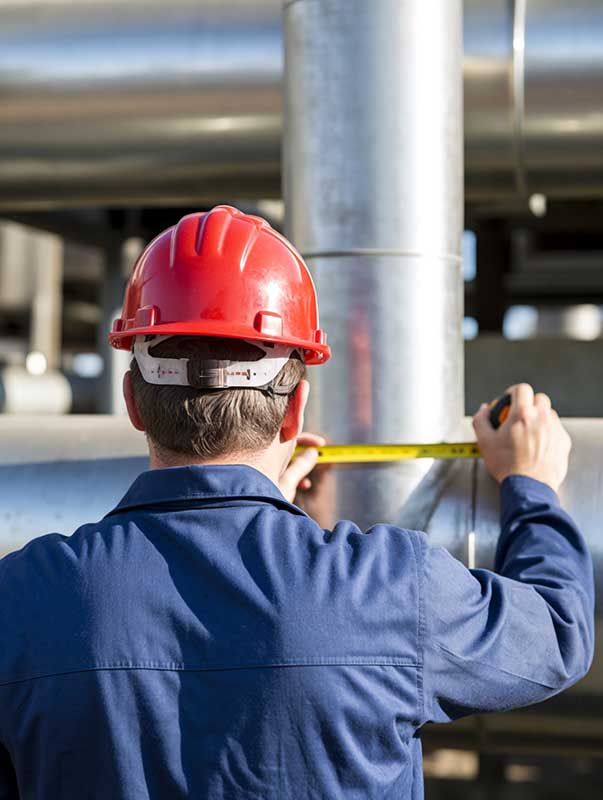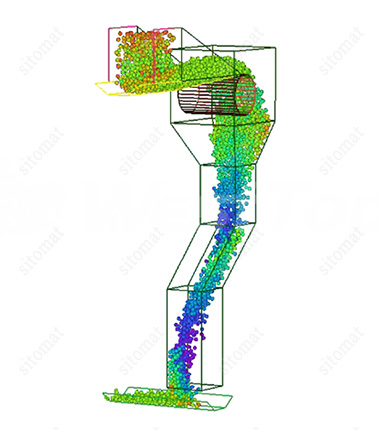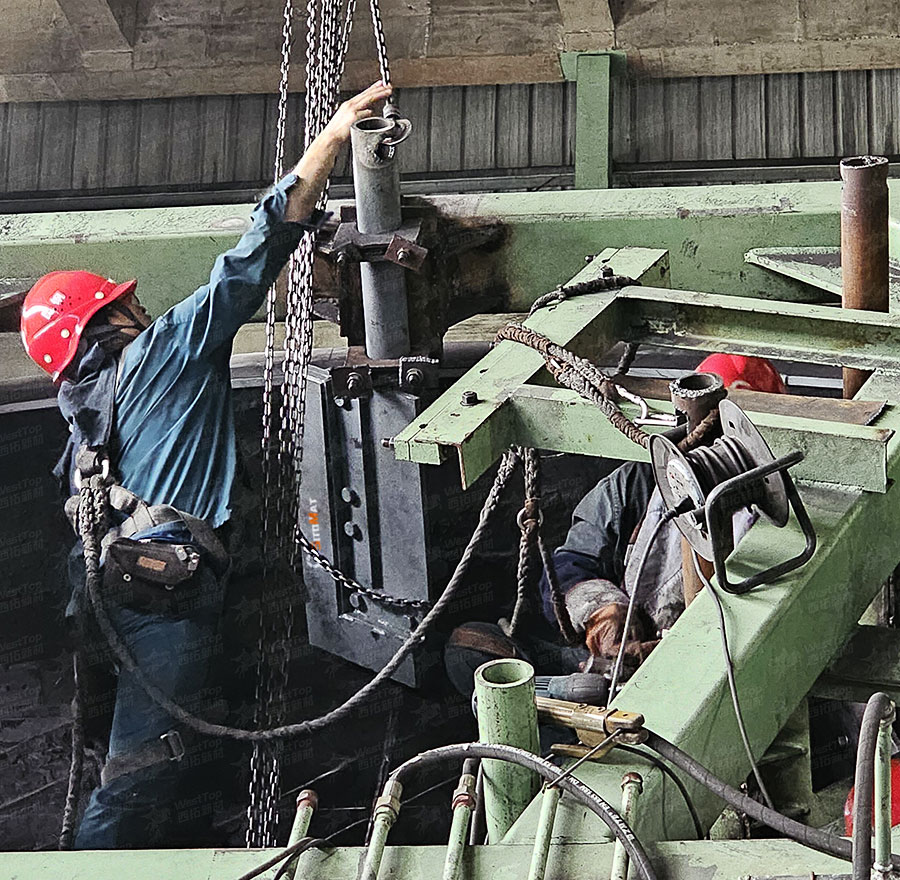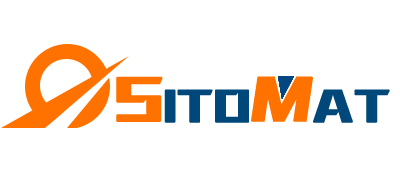
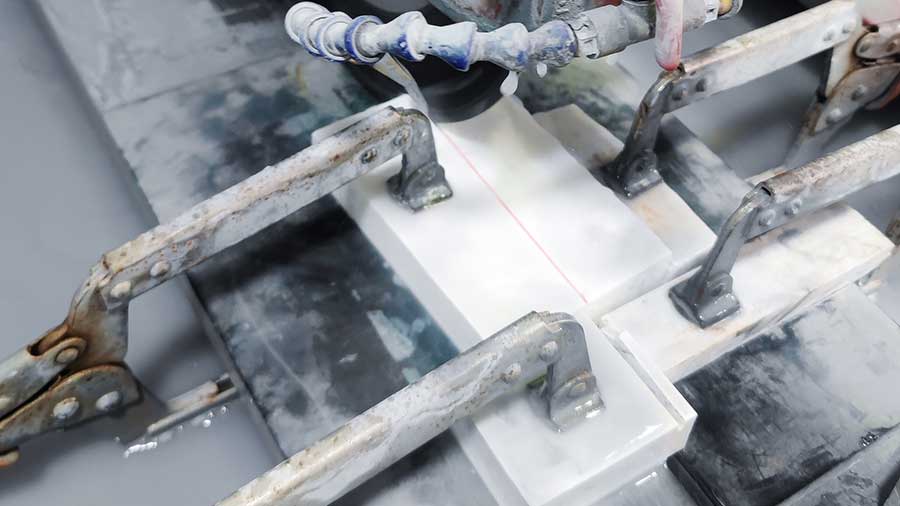
how to cut alumina ceramics?
With its excellent high hardness characteristics, alumina shows a wide range of application value in the industrial field and daily life. However, it is this high hardness property and Silicon carbide properties are relatively low that brings severe challenges to cutting alumina, and traditional cutting methods are difficult to achieve efficient processing. Based on this, this paper will elaborate on three current mature cutting technologies : diamond cutting blade cutting, laser cutting and water knife cutting, and analyze their technical principles, operation specifications and performance characteristics.

1.Diamond cutting blade cutting technology
As a traditional and widely used processing technology, the core principle of diamond cutting is to use the superhard characteristics of diamond to convert mechanical energy into shear failure energy of materials through friction between high-speed rotating cutting blades and alumina materials, so as to achieve accurate cutting.
Advantages : The process has high dimensional accuracy and is suitable for precision machining scenes ; the initial investment cost of the equipment is low, and the operation process is highly standardized, which is especially suitable for small and medium-sized batch production. Limitations : Noise pollution and dust particles generated during the operation need to be equipped with professional dust removal and noise reduction equipment ; the wear rate of the cutting plate is fast and needs to be replaced regularly, resulting in a cumulative increase in the cost of consumables.
2. Laser cutting technology
Laser cutting is an advanced processing technology. Its working mechanism is to use a high-energy-density laser beam to irradiate the alumina material. Through heat conduction, the material locally reaches the melting point aluminium oxide quickly, forming a vaporization erosion effect, and cooperating with the CNC system to achieve accurate contour processing.
Advantages : with excellent processing efficiency ( cutting speed is 3-5 times higher than traditional methods ) and geometric accuracy, complex surface processing can be achieved ; non-contact processing avoids mechanical stress damage, the cutting surface roughness is small, and no secondary treatment is required. Limitations : The cost of equipment purchase is high, and professional and technical personnel are required to calibrate and maintain the optical path ; the ultraviolet radiation and high-temperature aerosol generated during the processing process need to be equipped with special protective devices, which increases the cost of safety protection.
3.Water knife cutting technology
The water jet cutting adopts the processing method of high pressure water jet mixed abrasive, and the micro cutting effect is generated by the high speed impact of abrasive particles, so as to realize the cold cutting of aluminium oxide material and avoid the heat affected zone.
Advantages : as a complete cold processing process, it avoids the problem of thermal deformation and is suitable for the processing of heat-sensitive materials ; no dust emissions, in line with environmental requirements ( ISO 14001 standard ) ; the processing thickness range is wide, and arbitrary curve cutting can be realized. Limitations : equipment energy consumption is high, and the abrasive consumption rate is fast, resulting in a significant increase in operating costs ; the cutting speed is limited by the hardness of the material, and the processing efficiency is low for high purity alumina ( ≥ 99 % ).
4.Suggestions for technical selection
The three cutting technologies have their own advantages in precision, efficiency, cost and environmental adaptability : diamond cutting blade cutting is suitable for small and medium-sized processing with conventional precision requirements ; laser cutting has significant advantages in precision machining and complex contour forming. Waterjet cutting is outstanding in the scene of thick plate processing and strict environmental protection requirements.
In practical application, it is necessary to comprehensively consider the workpiece parameters ( thickness, surface quality requirements ), production scale ( batch size ) and cost budget ( equipment investment, consumables consumption ), and select the optimal solution through technical and economic analysis. It is suggested that the combined process of laser cutting and water knife cutting should be adopted in large-scale production to take into account both efficiency and processing adaptability. In the small batch and multi-variety processing scene, diamond cutting blades are preferred to control the initial investment cost.

